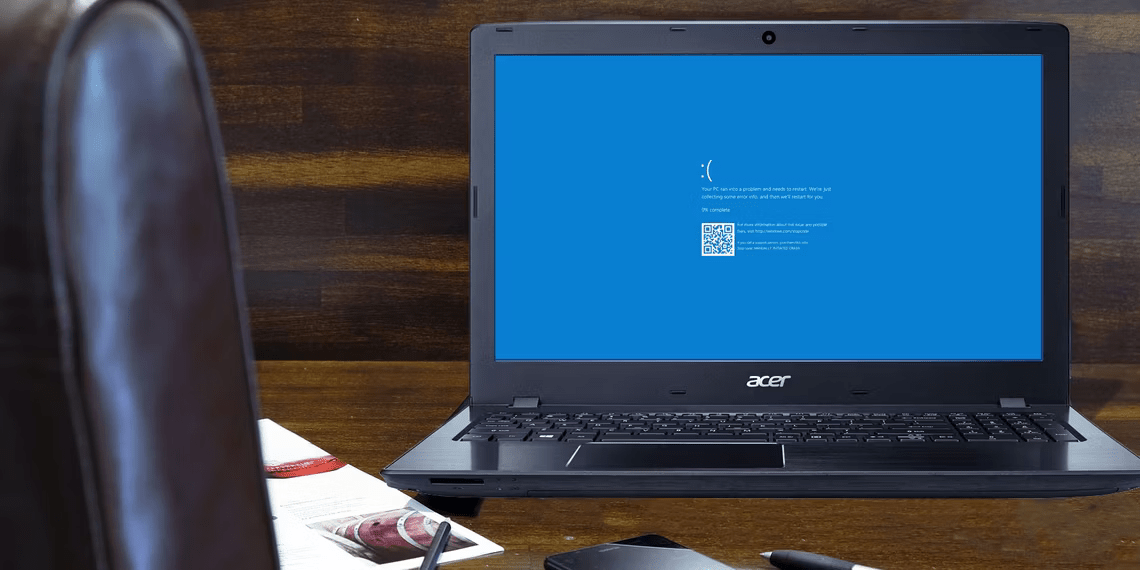In the ever-evolving digital landscape, social media platforms have become indispensable tools for businesses looking to connect with their audience, build brand awareness, and drive sales. As we step into 2024, it is crucial for businesses to stay updated on the most effective social media platforms to leverage for their marketing strategies. This article will explore the top social media platforms for businesses in 2024, providing insights into their unique features, user demographics, and potential benefits for business growth.
1. Facebook
Overview
Despite being one of the oldest social media platforms, Facebook remains a powerhouse for businesses. With over 2.9 billion monthly active users, it offers unparalleled reach and a robust advertising platform.
Key Features
- Targeted Advertising: Facebook’s advanced targeting options allow businesses to reach specific demographics based on age, location, interests, and behaviors.
- Facebook Shops: This feature enables businesses to set up an online store directly on the platform, making it easier for users to browse and purchase products.
- Engagement Tools: Features like Facebook Groups, Events, and Messenger facilitate community building and direct interaction with customers.
Best For
- B2C Businesses: Retailers, e-commerce stores, and consumer goods brands can significantly benefit from Facebook’s extensive reach and advertising capabilities.
- Local Businesses: The platform’s geo-targeting features are ideal for businesses looking to attract local customers.
2. Instagram
Overview
Owned by Facebook, Instagram has grown into a visual-centric platform with over 1.4 billion users. Its emphasis on photos and videos makes it perfect for brands looking to showcase their products and services creatively.
Key Features
- Instagram Stories: These ephemeral posts allow businesses to share behind-the-scenes content, promotions, and interactive polls.
- Shopping Features: Instagram Shopping tags and the Shop tab streamline the purchasing process, making it easier for users to buy directly from posts.
- Influencer Collaborations: The platform is a hub for influencer marketing, enabling brands to partner with influencers to reach wider audiences.
Best For
- Fashion and Lifestyle Brands: Brands in these sectors can leverage Instagram’s visual nature to highlight their products and connect with aesthetically-minded consumers.
- Small Businesses: The platform’s organic reach and engagement tools are beneficial for businesses with limited advertising budgets.

3. LinkedIn
Overview
LinkedIn is the go-to social media platform for B2B businesses, boasting over 900 million professionals. It is ideal for networking, thought leadership, and lead generation.
Key Features
- LinkedIn Ads: These ads allow businesses to target professionals based on job title, industry, and company size.
- Content Publishing: LinkedIn’s publishing platform enables businesses to share articles, case studies, and whitepapers, establishing themselves as industry leaders.
- LinkedIn Groups: These groups provide a space for businesses to engage in niche discussions, share insights, and connect with potential clients.
Best For
- B2B Companies: Businesses offering professional services, software solutions, and consultancy can benefit from LinkedIn’s professional user base.
- Recruitment: Companies looking to attract top talent can use LinkedIn’s job posting and recruitment features.
4. TikTok
Overview
TikTok has rapidly emerged as a major player in the social media landscape, with over 1 billion active users. Its short-form video content is highly engaging, making it a valuable platform for businesses targeting younger audiences.
Key Features
- TikTok Ads: These include In-Feed Ads, Branded Hashtag Challenges, and Branded Effects, offering creative ways to reach users.
- Viral Potential: The platform’s algorithm favors content that resonates with users, providing opportunities for organic reach and virality.
- Creator Collaborations: Businesses can partner with TikTok influencers to create authentic and engaging content.
Best For
- Youth-Oriented Brands: Companies targeting Gen Z and Millennials can effectively use TikTok to capture their attention.
- Creative Industries: Brands in fashion, music, and entertainment can leverage TikTok’s video format to showcase their creativity.
5. Twitter
Overview
With over 450 million active users, Twitter remains a relevant platform for real-time engagement and customer service. Its fast-paced nature makes it ideal for timely updates and conversations.
Key Features
- Twitter Ads: These ads include Promoted Tweets, Promoted Accounts, and Promoted Trends, allowing businesses to increase their visibility.
- Hashtags: Businesses can use hashtags to join trending conversations and increase the reach of their content.
- Customer Support: Twitter is often used by customers to reach out to brands for support, making it a crucial platform for customer service.
Best For
- News and Media Outlets: The platform’s real-time nature is perfect for sharing news and updates.
- Tech Companies: Businesses in the tech industry can use Twitter to engage with a tech-savvy audience and share industry insights.
6. Pinterest
Overview
Pinterest is a visual discovery platform with over 450 million users. It is particularly popular among users seeking inspiration for projects, making it a valuable platform for businesses in the creative and lifestyle sectors.
Key Features
- Pinterest Ads: Promoted Pins and Shopping Ads help businesses reach users actively searching for products and ideas.
- Rich Pins: These provide additional information directly on the Pin, such as product details, recipes, or articles.
- Pinterest Boards: Businesses can create boards to showcase their products, services, and brand aesthetics.
Best For
- Home Decor and DIY: Brands in these sectors can use Pinterest to inspire users and drive traffic to their websites.
- Food and Beverage: Businesses can share recipes and food-related content to engage with a food-loving audience.
7. YouTube
Overview
As the second-largest search engine after Google, YouTube offers immense potential for businesses to reach a global audience through video content. With over 2 billion logged-in monthly users, it is a crucial platform for video marketing.
Key Features
- YouTube Ads: These include TrueView Ads, Non-Skippable Ads, and Bumper Ads, offering various ways to reach users.
- YouTube Channels: Businesses can create channels to regularly upload videos, build a subscriber base, and engage with their audience.
- Live Streaming: YouTube Live allows businesses to host live events, webinars, and Q&A sessions.
Best For
- Educational Content: Businesses offering tutorials, how-to videos, and educational content can effectively use YouTube to build authority.
- Entertainment and Media: Companies in these sectors can leverage YouTube’s vast user base to distribute their content and engage with fans.
Conclusion
In 2024, businesses have a plethora of social media platforms to choose from, each offering unique features and benefits. By understanding the strengths and user demographics of these platforms, businesses can strategically select the ones that align with their goals and target audience. Whether it’s Facebook’s extensive reach, Instagram’s visual appeal, LinkedIn’s professional network, TikTok’s viral potential, Twitter’s real-time engagement, Pinterest’s inspirational content, or YouTube’s video marketing power, the right platform can significantly enhance a business’s online presence and drive growth.










